Retro Replay Review
Gameplay
Mystery of Time and Space (commonly abbreviated as M.T.A.S.) places you directly in the driver’s seat of a classic point-and-click escape challenge. Each level is essentially a locked room—or series of connected rooms—packed with hidden items and interactive elements. You must meticulously examine every corner, click on objects to collect tools, and combine inventory items to unlock doors or reveal new areas. The simplicity of the core mechanics belies the depth of the puzzles you’ll face.
(HEY YOU!! We hope you enjoy! We try not to run ads. So basically, this is a very expensive hobby running this site. Please consider joining us for updates, forums, and more. Network w/ us to make some cash or friends while retro gaming, and you can win some free retro games for posting. Okay, carry on 👍)
As you progress from Level 1’s modest bedroom to the later stages’ sprawling chambers, the game continually ramps up its difficulty. Early puzzles serve as a gentle introduction, teaching you to drag, drop, and rotate objects in your inventory. By Level 10 or beyond, you’ll encounter multi-step riddles that may require revisiting earlier rooms with newly acquired items. This evolving complexity keeps the experience fresh and rewards players who are willing to think laterally.
The on-screen inventory bar remains visible at all times, allowing swift access to collected items. Cleverly, you can drag one object onto another—such as combining a key fragment with a screwdriver—to form new tools. The game also peppers in animated feedback; furniture shifts, drawers slide open, and doors creak, lending tactile satisfaction to each correct click. Comical commentary text appears in real time, sometimes hinting at solutions or simply poking fun at your trial-and-error attempts.
Auto-save functionality is a welcome feature, as your progress is stored in your browser cache the moment you exit. Returning to the game via the “Continue” button picks up right where you left off, sparing you from repeating solved puzzles. Additionally, an optional full-screen mode immerses you more deeply in the environment, and the in-game chat lets you compare notes or commiserate with fellow escape artists—an unexpected social twist in what might otherwise be a solitary endeavor.
Graphics
Built in Adobe Flash, MTAS’s visual style is characterized by bold line drawings and a palette of vibrant, solid colors. There’s a charming minimalism to the design: rooms are rendered with just enough detail to hint at hidden mechanics without overwhelming the player. This clarity proves advantageous when you’re hunting for tiny levers or obscured keyholes.
Animations are simple but effective. Chairs swivel, doors swing, and secret panels slide open with satisfying smoothness. These micro-animations are critical to the feedback loop—they confirm that you’ve made the right move and encourage further exploration. Even after two decades, the motion remains fluid and responsive, a testament to the game’s careful design.
The game offers multiple graphics-quality settings. Lower tiers help ensure steady performance on older machines, while higher settings sharpen lines and smooth out transitions. You can also reposition on-screen text and toggle full-screen mode, tailoring the experience to your monitor size and personal preference. These options demonstrate that MTAS’s creator anticipated a range of player setups.
Overlaying the visuals is cheerful MIDI music, accompanied by whimsical sound effects like clicking hinges or sliding tiles. Both audio streams can be muted independently, which is handy if you prefer to queue up your own playlist. Overall, the graphics and audio work in concert to create an inviting, if somewhat retro, atmosphere that complements the puzzles rather than distracting from them.
Story
Unlike narrative-driven adventures, Mystery of Time and Space offers very little in the way of explicit storytelling. There is no cast of characters, no voiced dialogue, and no cutscenes. Instead, the game’s “story” unfolds through environmental clues and the implicit challenge of escaping each room. Your motivation is purely puzzle-based: discover how rooms connect, decipher cryptic hints in the commentary text, and unlock the mystery behind each level’s design.
Despite its minimal narrative, MTAS cultivates a sense of progression. Level 1’s modest bedroom gradually gives way to labyrinthine corridors, secret laboratories, and even surreal, time-warped chambers. Each new environment suggests a deeper purpose or experiment at play, sparking your imagination about what forces are behind this strange facility. In this way, the game encourages you to weave your own backstory from subtle visual cues.
Comical on-screen text provides intermittent quips and hints, giving the impression of a sarcastic narrator guiding—and sometimes mocking—you. These little bursts of humor break up the concentration required for tougher puzzles, reminding you that MTAS doesn’t take itself too seriously. While some players may wish for a more concrete plot, many appreciate the freedom to focus entirely on puzzle-solving without the distraction of elaborate lore.
Over the course of 20 levels, you piece together a loose narrative: a hidden organization, experiments in time manipulation, and the quest to ultimately escape the facility. It’s a satisfying framework for a puzzle game, offering just enough mystery to keep you invested without overshadowing the core gameplay loop. If you’re a player who enjoys filling narrative gaps with personal interpretation, MTAS’s sparse storytelling will feel like an invitation rather than a limitation.
Overall Experience
Mystery of Time and Space delivers a pure, unadulterated escape-room experience. Its point-and-click simplicity makes it instantly accessible, yet its steadily increasing difficulty ensures that even veteran puzzlers will be challenged. With 20 levels spread across dozens of uniquely designed rooms, the game offers hours of engaging content without a single paywall or intrusive ad.
The combination of auto-save, adjustable graphics settings, and in-game chat creates a player-friendly environment. You never have to worry about losing progress, and if you get utterly stuck, you can reach out to the small but dedicated community still playing online. The fact that the game is available in over 20 languages broadens its appeal and speaks to its enduring popularity.
While some may lament the lack of a cinematic storyline or high-fidelity 3D visuals, MTAS is unapologetically focused on pure puzzle design. Every room feels carefully crafted to teach you new mechanics or test your logical reasoning in fresh ways. The occasional MIDI tune and whimsical sound effects round out the atmosphere, transforming what could be a dry exercise in logic into a fun, quirky adventure.
For anyone seeking a nostalgic throwback to early-2000s Flash gaming or a straightforward escape-room challenge, Mystery of Time and Space remains a must-play. It’s free, fully playable in your browser, and packed with cleverly designed puzzles that will keep you clicking—and scratching your head—for hours on end. Whether you’re a casual player or a hardcore puzzle enthusiast, MTAS offers a satisfying blend of challenge, charm, and community engagement.
 Retro Replay Retro Replay gaming reviews, news, emulation, geek stuff and more!
Retro Replay Retro Replay gaming reviews, news, emulation, geek stuff and more!

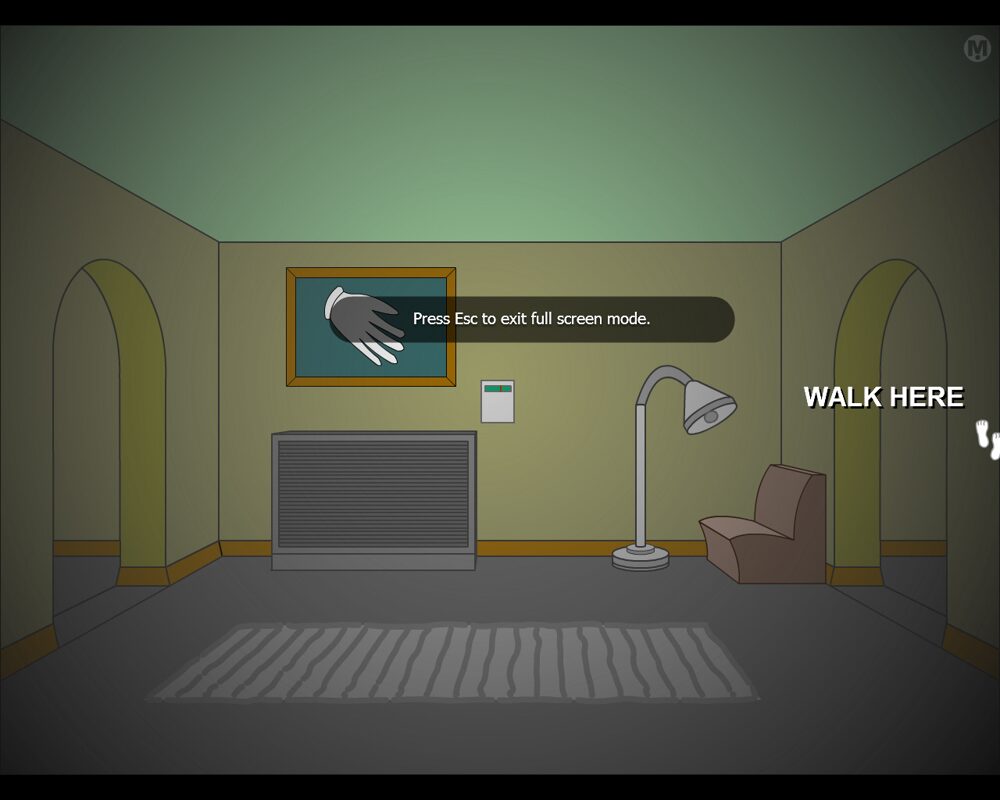
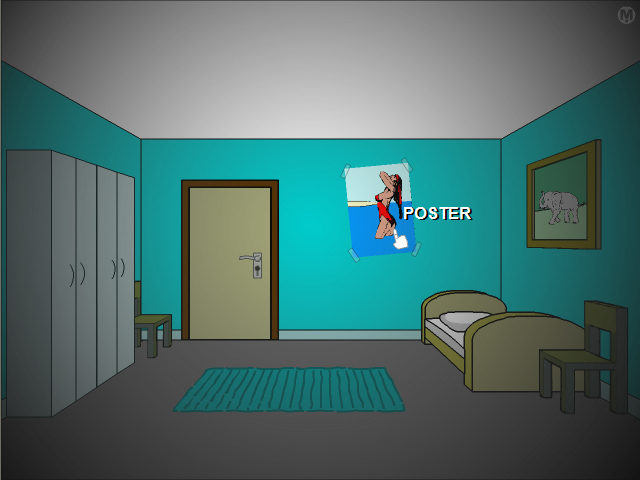
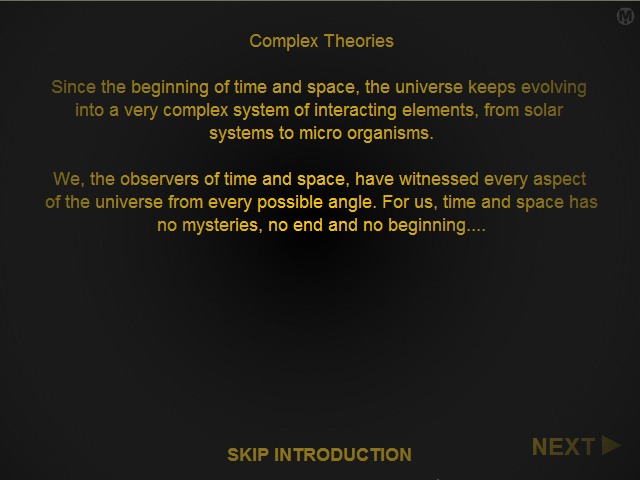
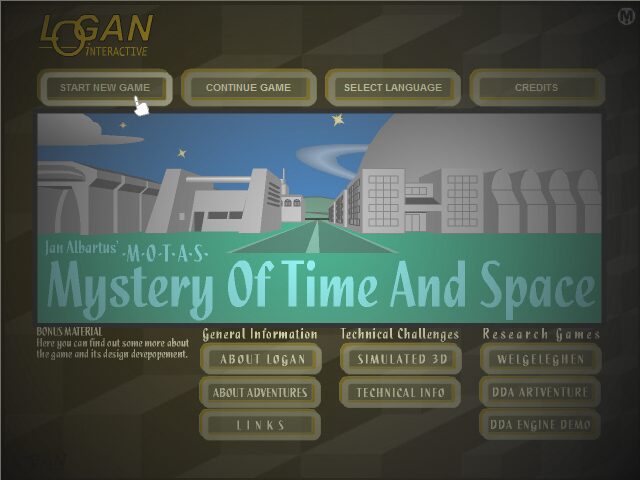
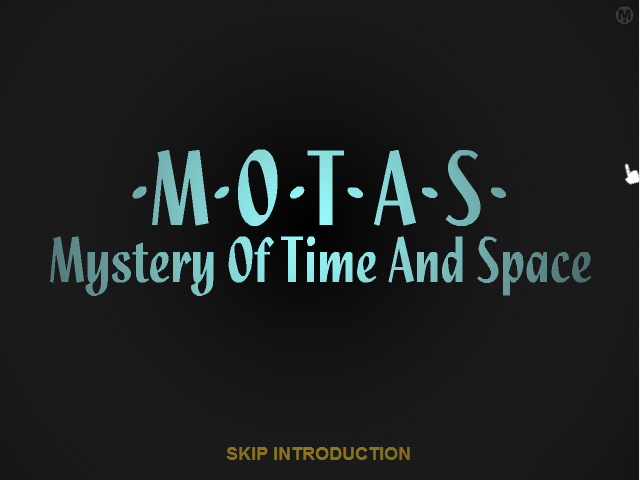
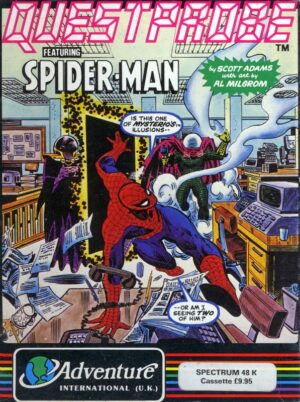


Reviews
There are no reviews yet.